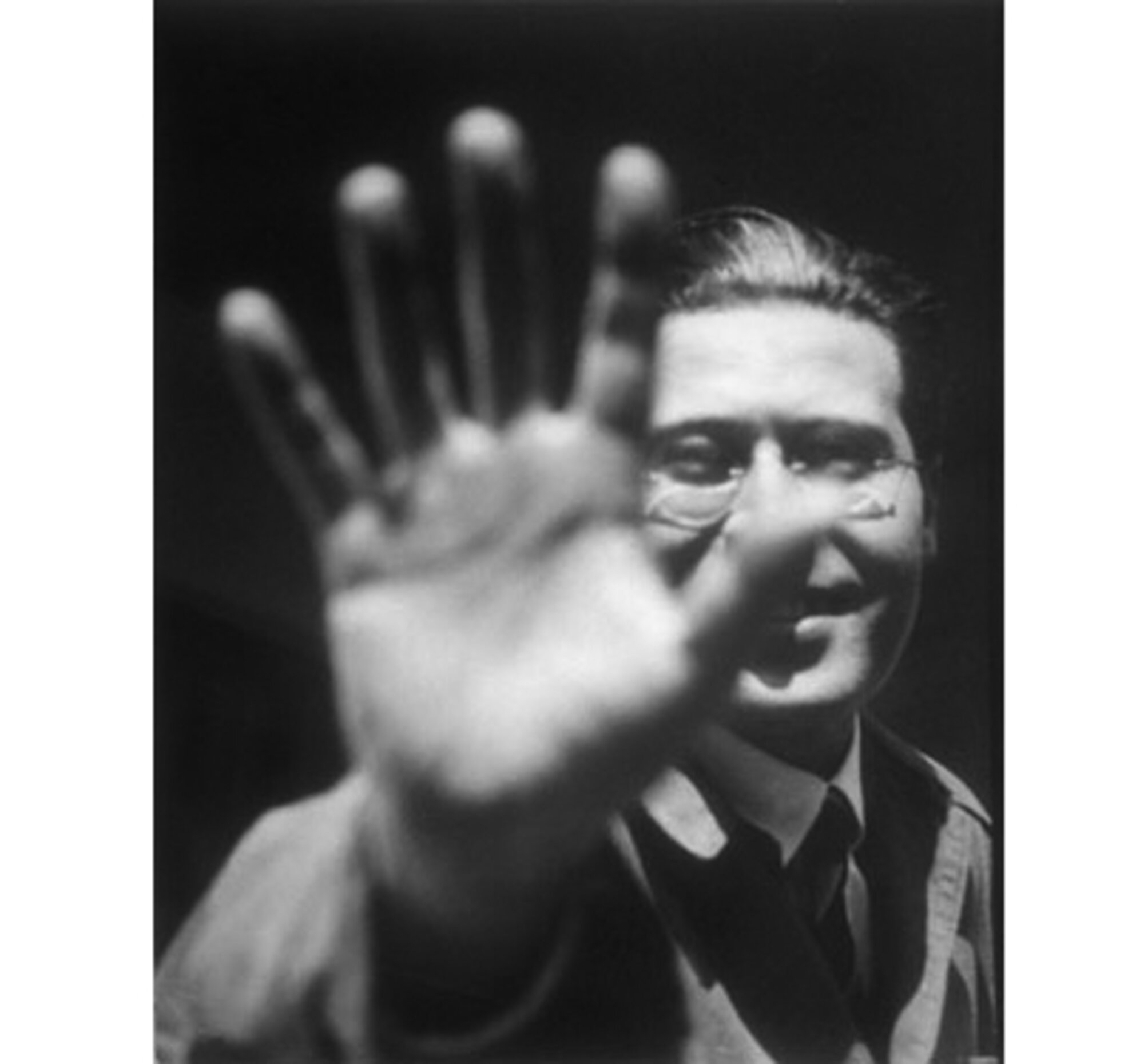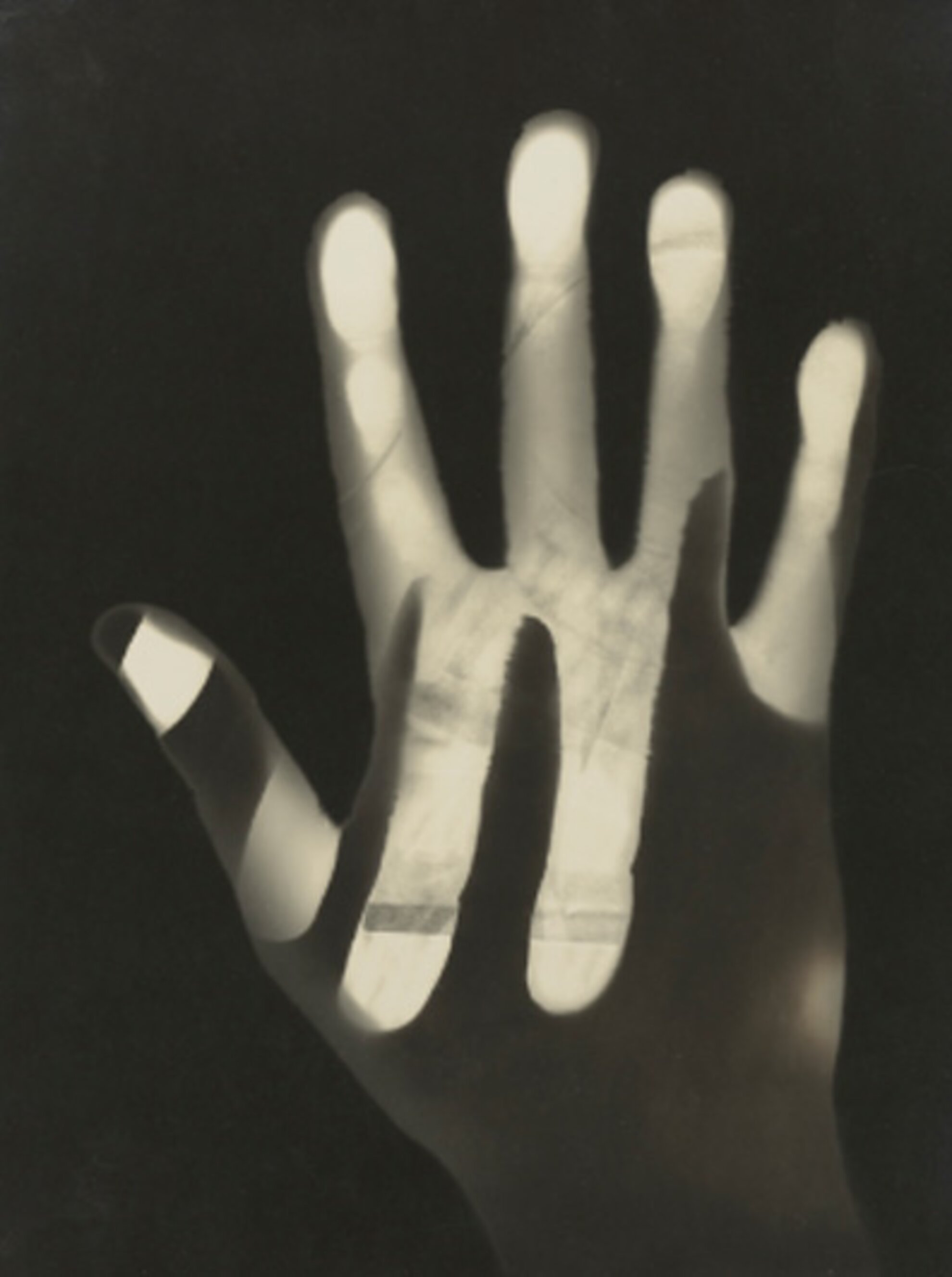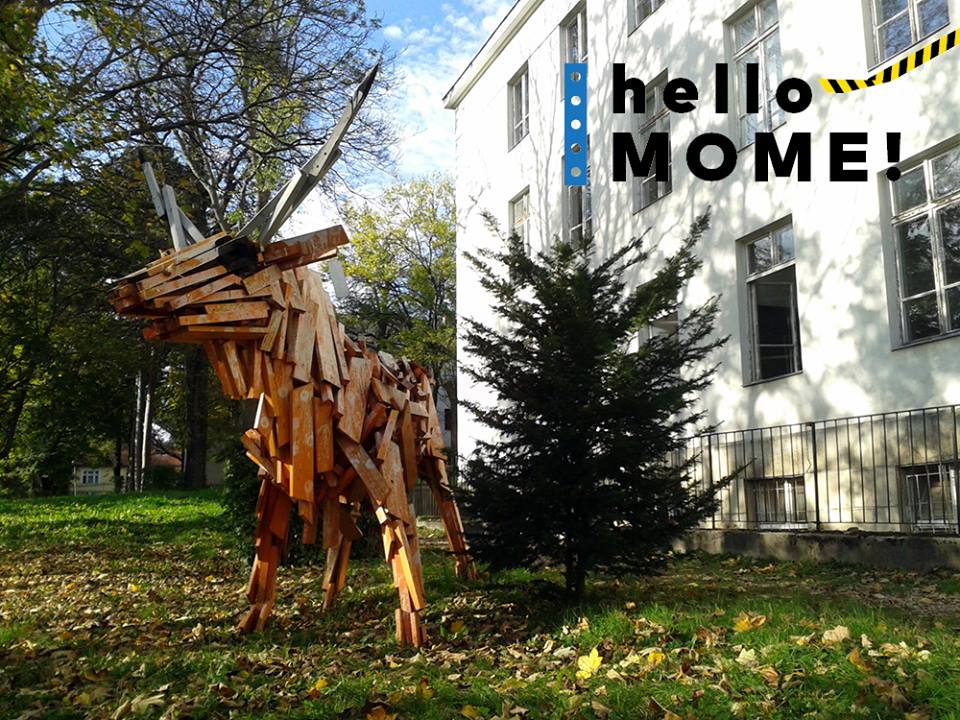László Moholy-Nagy (1895-1946) is a world-famous figure of twentieth-century avant-garde art. As a most versatile artist he had a radically experimental practice in the field of painting, sculpture, photography and film as well as commercial and industrial design and scenography. His visual art together with his theoretical and educational work, his photographs, films and photograms - now synonymous with his name - were of such significance that they have transformed our thinking about art.
Moholy-Nagy began his creative career at twenty years old in the first half of the twentieth century in Lajos Kassák’s activist circle as one of Hungary’s youngest avant-garde artists. In 1919 he left for Vienna then Berlin, where he came under the influence of Dadaism and Constructivism, which he later developed further independently. On the invitation of director Walter Gropius in 1923, he became a teacher at the Weimar Bauhaus. As well as exploring painting, leading the Metal Workshop, writing and editing books and applying new typographies, at this most progressive art school of the time promoting the unity of life, art and science Moholy-Nagy also turned towards photography and film.

The central organising principle in Moholy-Nagy’s diverse activities was light: light defined his paintings, sculptures, photoplastics, photograms, photographs, typography and theatre sets. He did not regard photography as a tool for the perfect imaging of reality; rather, it was his conviction that the camera offered new possibilities for modern people, and finally liberates art from the obligation to depict, to copy reality. The years at the Bauhaus proved to be an experience that defined his entire life. He settled in Chicago in 1937, where he founded the ‘New Bauhaus’ and soon the Institute of Design and worked until the end of his life as an experimental, innovative artist, theorist and teacher. László Moholy-Nagy regarded art as a non-hierarchical, widely accessible and cultivatable activity that embraced the whole of life, and he firmly believed in the educational significance of it.

One of the most exciting parts of the exhibition is the compilation of all Moholy-Nagy’s films, shown together here for the first time and according to the artist’s original conception. This ambitious and large-scale show of Moholy-Nagy’s oeuvre presents more than 200 pieces and documents from over twenty museums around the world as well as private collections. After Madrid, Berlin and The Hague, the exhibition arriving in Budapest - due to the contribution of two internationally-renowned Hungarian art historians, experts of Moholy-Nagy, Krisztina Passuth and Éva Bajkay - is complemented by photographs and publications from Hungarian collections. Thanks to László Moholy-Nagy’s family, valuable documents that have not been seen in any of the earlier locations also have been added to the exhibition.
What? László Moholy-Nagy: The Art of Light When? June 09, 2011. - September 25, 2011.
Where? Ludwig Museum – Museum of Contemporary Art
How much? 1200 HUF For more info check out the official site!




